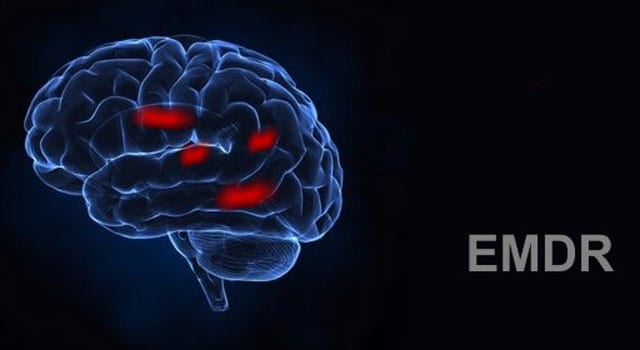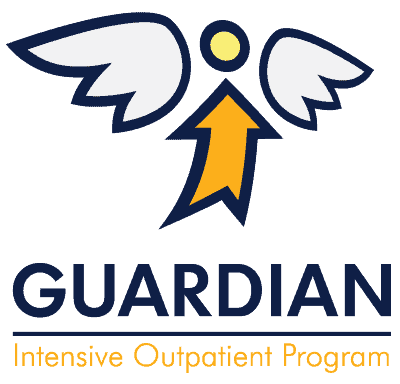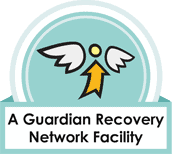There are many essential components that make up a drug and alcohol treatment program, and none may be as important as therapy. Whether done in on a one-on-one basis with an experienced therapist, done in a group setting, or done through creative or expressive forms such as art and music, therapy helps those struggling with addiction address the underlying roots of their addiction in a supportive and empowering environment. Once those specific issues have been addressed, those new in recovery receive the tools they need to overcome substance abuse and they start to live healthier and happier lives.
Drug rehab centers nationwide employ a wide variety of therapy options to help addicts heal, but there may be those situations where a client’s unique issues and history presents unique challenges. In those cases, unique therapy choices such as eye movement desensitization and reprocessing therapy (EDMR) can be helpful in help addicts achieve the breakthrough they need to get and stay sober. If you would like to know more about this emerging therapy technique and how it can help in your recovery, call Guardian Recovery Network today and speak to one of our representatives.
What is EDMR Therapy for Trauma?

EDMR therapy for trauma is a form of psychotherapy that was designed to help alleviate the tremendous stress that is associated with traumatic memories. In the context of drug and alcohol addiction, these memories can lie at the root of significant mental illnesses such as PTSD which is a common co-occurring disorder seen with substance abuse. Such memories can have a lasting negative effect and it can significantly affect the way a person sees their world and as a result it affects way they relate to other people whether it is family, friends, co-workers or others.
For those trained in EDMR, their focus is on the eye movements of an individual who is stuck in a cycle of replaying and reliving traumatic events. For those who are suffering from past events such as emotional abuse, physical abuse or natural disasters, research has shown that their eye movements often resembled those of people who are in REM sleep and are dreaming. When therapists are able to help clients calm their eye movements and thoughts, the brain can better process thoughts and feelings and help restore mental health. In some respects, EMDR therapy for trauma can be thought of as a physiologically based therapy that helps a person see disturbing material in a new and less distressing way.
How Do EDMR Therapy Sessions Work?
EDMR therapy for trauma involves several phases and a typical session last on average between 60 to 90 minutes. There are eight distinct phases that comprise EDMR treatment and they are as follows:
- History/Treatment Planning–the therapists works with client and discusses the specific problem that has brought them into therapy, their behaviors stemming from that problem, and their symptoms. With this information, the therapists creates a treatment plan that defines the specific targets on which to use EMDR.
- Preparation–the therapist will teach the client specific techniques that can be used to deal with emotional disturbances when they arise. The main goal of this step is to establish trust between the therapist and client.
- Assessment–the therapists asks the client to pick a specific event that best represents the memory they are struggling with and the client then chooses a negative self-belief associated with that event. The client then picks a positive self-statement that he would rather believe.
- Desensitization–the therapists asks the client to focus on the specific image, the negative emotions associated with that image and any body sensations that are tied in with those feelings. The therapist usually asks the client to follow a moving object with their eyes and after a set of movements the client will report what they are feeling and experiencing.
- Installation–during this phase, the goal of the client is to concentrate on and increase the strength of the positive belief they had identified to replace their original negative belief. The client is asked to hold on to this new and healthier belief and make it stronger.
- Body Scan–after the positive belief has been strengthened and installed, the therapist will ask the person to bring the original target event to mind to see if the client experiences any residual tension in their body. If there is any tension, the therapist will ask the client to focus on these lingering sensations and repeat the above steps.
- Closure–during the closure phase of each treatment session, the therapist gives the client encouragement and support and wants the client to feel better about themselves when they leave. If there has been difficulty during a particular therapy session, the therapist will give the client additional coping techniques to utilize.
- Re-Evaluation–this phase occurs at the beginning of the next therapy session. The therapist will make sure that the positive results have been maintained and will identify any new areas that need treatment. Those new target areas will then be treated using the above steps.
The length of time EMDR therapy can take is highly dependent on the client and the severity of the issues they are dealing with. Some clients may move through therapy quickly while others may take longer to progress through the steps. The benefit of EMDR therapy for trauma is that it can be used on a continual basis for as long as the client needs.
Is EMDR Therapy for Trauma Right For You?
Addiction is a powerful and complex disease, and finding effective ways to treat this disease can be difficult. If you or a loved one is struggling with substance abuse, EMDR therapy can be of tremendous benefit in helping you address your substance abuse issues. Guardian Recovery Network offers this innovative therapy in addition to their more traditional therapy techniques, and it will empower you to overcome addiction and change your life forever. Call Guardian Recovery Network toll-free today at (888) 693-1894 and find out how EMDR therapy can help make your recovery a reality.

Reviewed for accuracy by:
Anna Marie Barrett LCSW, CYT
Anna earned her Masters of Social Work at Barry University in Miami, FL in 2017 and completed her internship in co-occurring disorders. Anna has a Bachelors of Art in Religious Studies from Naropa University and is a certified yoga and meditation instructor. Anna has received specialized training in somatic counseling with an emphasis on body-centered psychotherapy.




















